Business As We See It March 2016
Tax Deductions for Business: Don’t Ignore the DPAD ― It May Work for You
The domestic production activities deduction (DPAD) is intended to encourage domestic manufacturing. In fact, it’s often referred to as the “manufacturers’ deduction” (or “Section 199 deduction”). But this potentially valuable tax break can be used by many other types of businesses besides manufacturing companies. This article breaks down the various acronyms attached to the DPAD.
Understanding the acronyms
Before trying to calculate the DPAD, it helps to understand the acronyms involved. One important factor is qualified production activities income (QPAI), which is the amount of domestic production gross receipts (DPGR) exceeding the cost of goods sold and other expenses allocable to that DPGR. Most companies will need to allocate receipts between those that qualify as DPGR and those that don’t ― unless less than 5% of receipts aren’t attributable to DPGR.
DPGR can come from a number of activities, including the construction of real property in the United States, as well as engineering or architectural services performed stateside to construct real property. It also can result from the lease, rental, licensing or sale of qualifying production property, such as:
- Tangible personal property (for example, machinery and office equipment),
- Computer software, and
- Master copies of sound recordings.
The property must have been manufactured, produced, grown or extracted in whole or “significantly” within the United States. While each situation is assessed on its merits, the IRS has said that, if the labor and overhead incurred in the United States accounted for at least 20% of the total cost of goods sold, the activity typically qualifies.
Other activities can also qualify, including some motion pictures and television programs — as long as at least 50% of total compensation was paid for services performed by actors, production personnel, directors and others in the United States. In addition, some retailers can claim the DPAD to offset income they receive for cooperative advertising programs with vendors.
What doesn’t qualify? Most sales of food and beverages, lease or rental of land, and customer and technical support expenses ― among other activities. Moreover, the DPAD is limited to 50% of Form W-2 wages paid to employees and allocable to DPGR. Most businesses can’t claim the DPAD if they didn’t pay W-2 wages. It’s possible, however, to get a flow-through deduction via another entity even if you ― or your business ― wouldn’t otherwise be eligible.
Simplifying the calculations
Although determining what costs are allocable to DPGR can get complicated, some smaller companies can simplify their calculations. Under the Small Business Simplified Overall Method, costs are allocated between DPGR and non-DPGR based on relative gross receipts.
For example, say a company’s total cost of goods sold and other expenses is $400,000, its total gross receipts are $1 million, and, of this, $750,000 (or 75%) is attributed to DPGR. To determine its QPAI, the company subtracts $300,000 (or $400,000 × .75) from its DPGR of $750,000. That leaves QPAI of $450,000.
This approach typically can be used by farmers who aren’t required to use accrual accounting, businesses with no more than $5 million in annual average gross receipts, and businesses that are eligible to use cash-basis accounting.
The Simplified Deduction Method, another method for calculating QPAI, can be used by most businesses whose assets are no more than $10 million, or whose average gross receipts don’t exceed $100 million. This approach is similar to the Small Business Simplified Overall Method in that most expenses are allocated between DPGR and non-DPGR based on gross receipts. But the allocation isn’t used for cost of goods sold.
Determining whether and how
If your business can claim the DPAD, you may be able to deduct 9% from the lesser of your QPAI or taxable income. As such, it could boost your cash flow. Ask your tax advisor for help determining whether and how the deduction could work for you.
© 2015
This material is generic in nature. Before relying on the material in any important matter, users should note date of publication and carefully evaluate its accuracy, currency, completeness, and relevance for their purposes, and should obtain any appropriate professional advice relevant to their particular circumstances.
Share Post:









